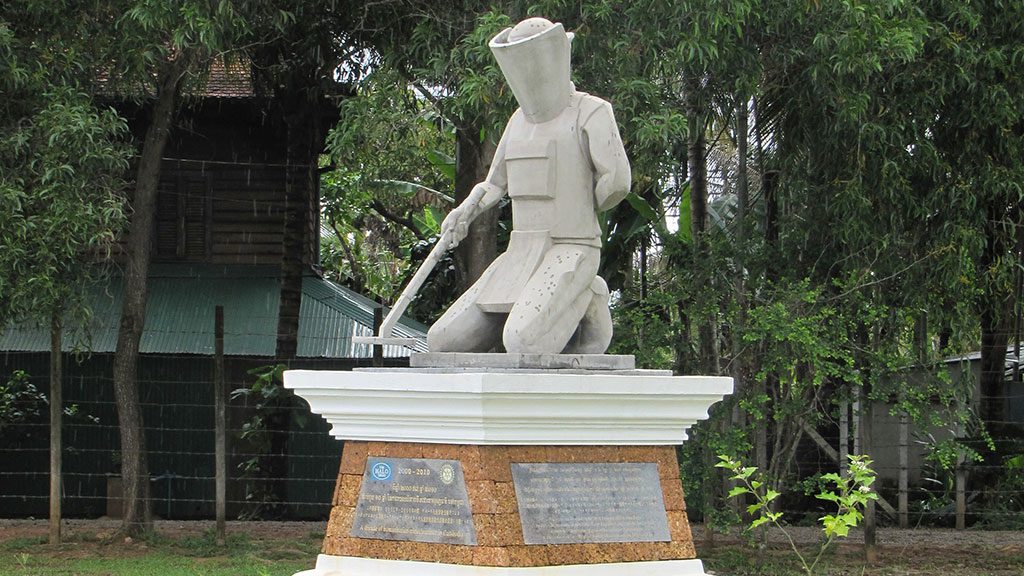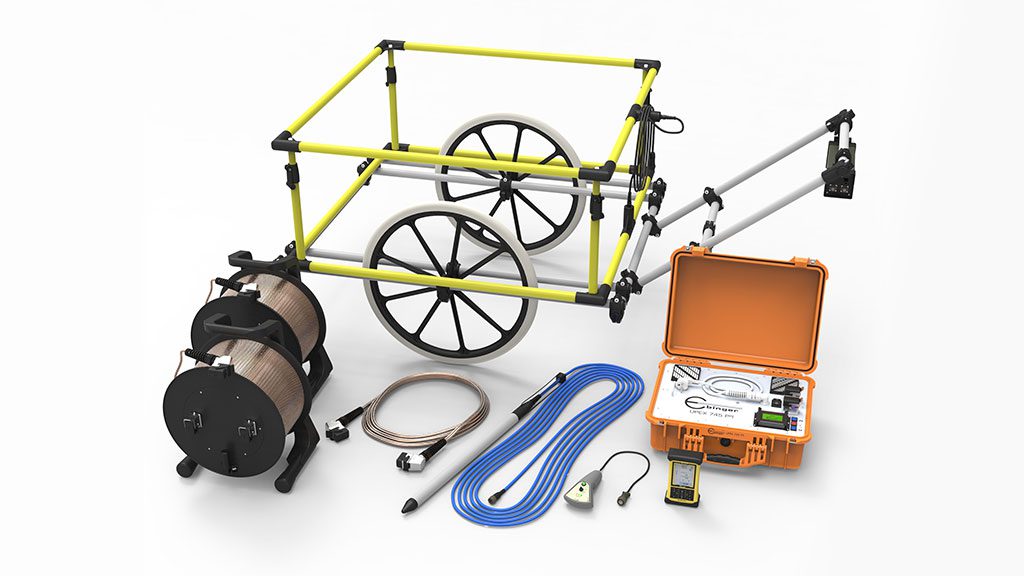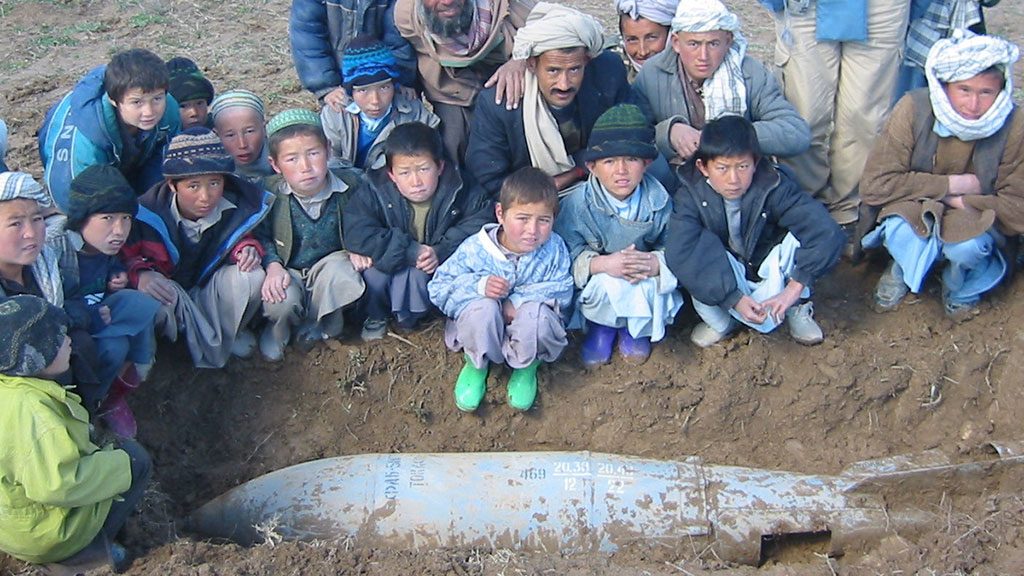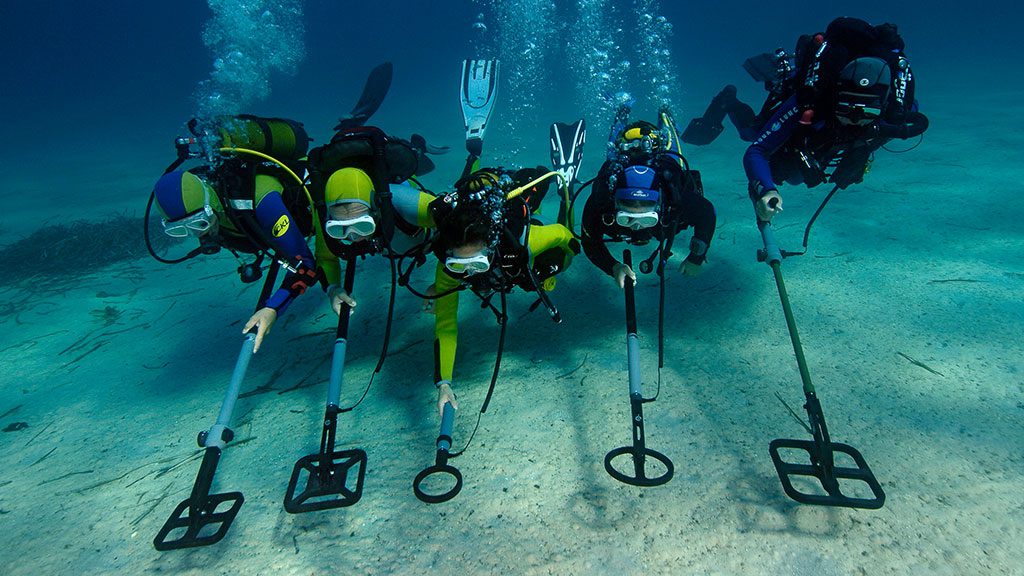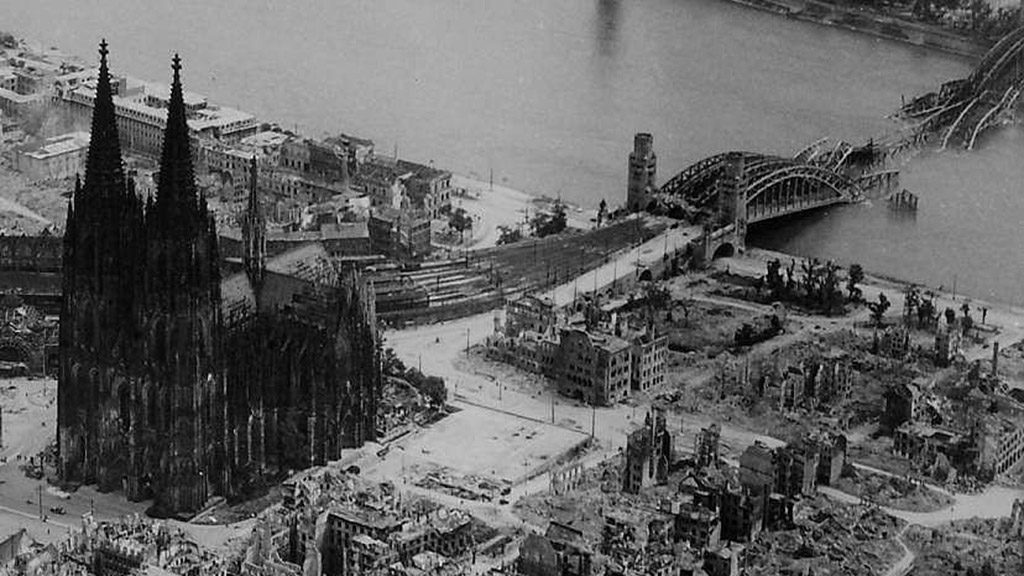The Challenge of Metal Detectionat the Bottom of the Sea
To this day, ordnance in our waters remains an area of significant concern, and EBINGER is one of the leading worldwide companies that has taken on the difficult challenge of locating ordnance using underwater metal detectors. In this article the author, Klaus J. Ebinger, summarizes the development of this special technology from his unique perspective as one of the field’s founders.




